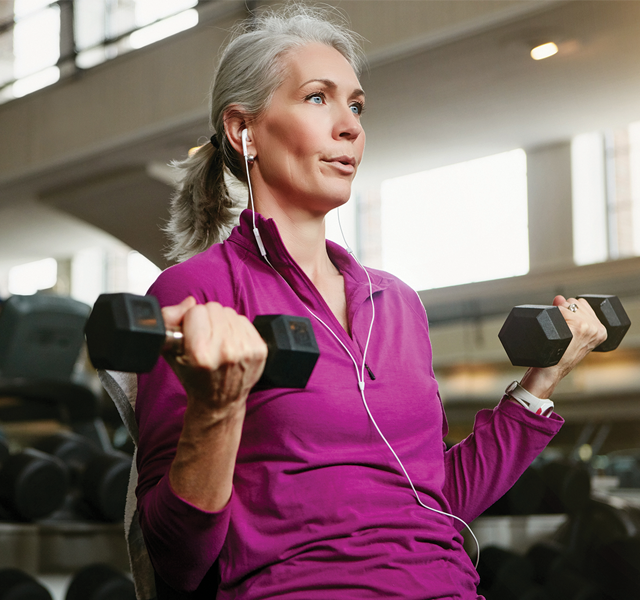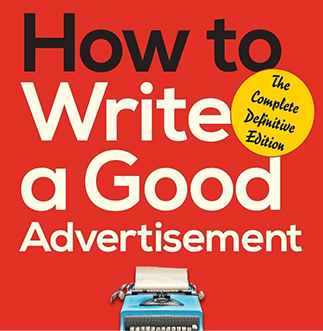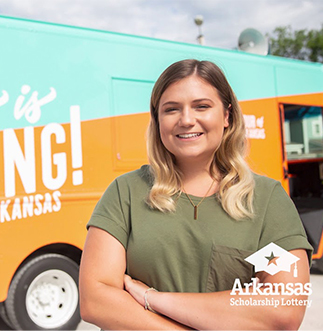The Cardiologist's Wife: Building Bone Density
The Cardiologist's Wife: Building Bone Density
by Lisa Tedder
This month, the focus is on bone density, a topic that usually doesn’t come up until later in life when it may be too late to do much about it. The consequences of poor bone health are severe: falls are the largest cause of accidental death in those 65 and older. Understanding more about bones and how to build bone density can help us lead healthier, more active and independent lives.
Bone is living tissue that plays an important role in producing platelets, as well as red and white blood cells, and provides a framework and support for our body while protecting some of the body’s organs. Muscles and ligaments attach to the bone to allow movement. Bones serve as storage for minerals and play a role in endocrine regulation, storing and releasing hormones and growth factors that influence certain body processes and metabolism. Clearly, our bones are important to overall health.
Bone is constantly in a state of remodeling; cells found on the surface of bones called osteoclasts remove old or damaged bone by reabsorbing calcified bone. Other cells called osteoblasts build bone by producing collagen and enzymes to form a matrix and regulating the use of calcium. This happens slowly; it takes about 10 years to replace a whole skeleton.
Most bone growth and density occur in childhood and the teenage years. Density peaks in 20s but still improves up to age 30. You can improve density later, but it takes really hard work. Set your children up for good health by making sure they get good nutrition and are active, doing things that build muscular strength such as exercise is the single most important bone builder. The more force that a muscle applies to a bone, the more bone is created as stress signals the osteoblasts to make more bone tissue. Some of the best activities for bone health include resistance training, power lifting, squats, dead lifts and bench presses. Low weight-bearing exercises like walking, swimming or cycling aren’t as effective. Walking with a ruck sack or weighted vest or going up and down hills is better.
In addition to making sure you get enough calories, nutrients like protein, calcium, vitamin D3 and magnesium are also important for bone health. It can be hard for some people to get enough vitamins and minerals from food, so supplements will help. With weight loss comes bone loss, so if you are dieting, make sure you eat a balanced diet rich in calcium and vitamin D while keeping up your exercise routine. Those with a low BMI tend to have lower bone density and should also focus on a balanced diet and exercise.
Regular exercise throughout life is key to maintaining bone density as after age 50, bone loss starts to happen faster than bone formation. Bone loss is more pronounced for women after menopause, but hormone replacement therapy can suppress bone breakdown. Men lose bone density more slowly.
Osteoporosis is a bone disease that develops slowly over time where bone mineral density and bone mass decreases, leading to a loss of bone strength and an increased risk of fractures. Osteopenia is the medical term for loss of bone mineral density that is not yet severe enough to be osteoporosis. Osteopenia means about a 10% loss of bone mineral density, while osteoporosis means about a 25% reduction compared to healthy bone. A diagnosis is based on the hips and lumbar spine areas, as this is where the most common fractures occur.
Osteoporosis can weaken the spine so much that the vertebrae crumble, causing pain, a hunched back and loss of height. Fractures of the spine or hip are serious complications that lead to further problems like an inability to perform daily tasks, pressure sores, UTIs, pneumonia and loss of independence.
A DEXA scan is used to diagnose the severity of bone loss. This takes about 10 minutes as you lay on a table while a scanner moves over you. The scan measures the amount of calcium and minerals in a segment of your bone; the higher the bone mineral content, the denser and stronger the bones are. People should get their first bone density scan based on their age and risk factors. Certainly women age 65 and men age 70 should be screened, but post-menopausal women who don’t take estrogen or those with a family history of fractures, osteoporosis or certain other conditions should be screened earlier.
Several risk factors increase your chances of developing osteoporosis, such as being post-menopausal, low calcium and vitamin D levels, certain medications, smoking, excessive alcohol use, age, inadequate nutrition and sedentary lifestyle, but a family history of fractures is the biggest risk factor.
The statistics concerning osteoporosis are stark. The risk of death from a fall at age 75 is enormous; it has a greater mortality than smoking. Hip fractures are the biggest cause of death, followed by pelvic fractures, as more than one-third of people in their 80s will be dead within a year after a hip fracture. Patients die because their overall health is poor, making recovery from a fracture lengthy and difficult. Being immobilized may lead to pneumonia, a blood clot or loss of muscle mass, further complicating recovery.
There are several prescription meds that can help slow bone loss or that can build back bone along with exercise and a healthy diet if you have osteopenia or osteoporosis, but prevention works best in building and maintaining bone density.







